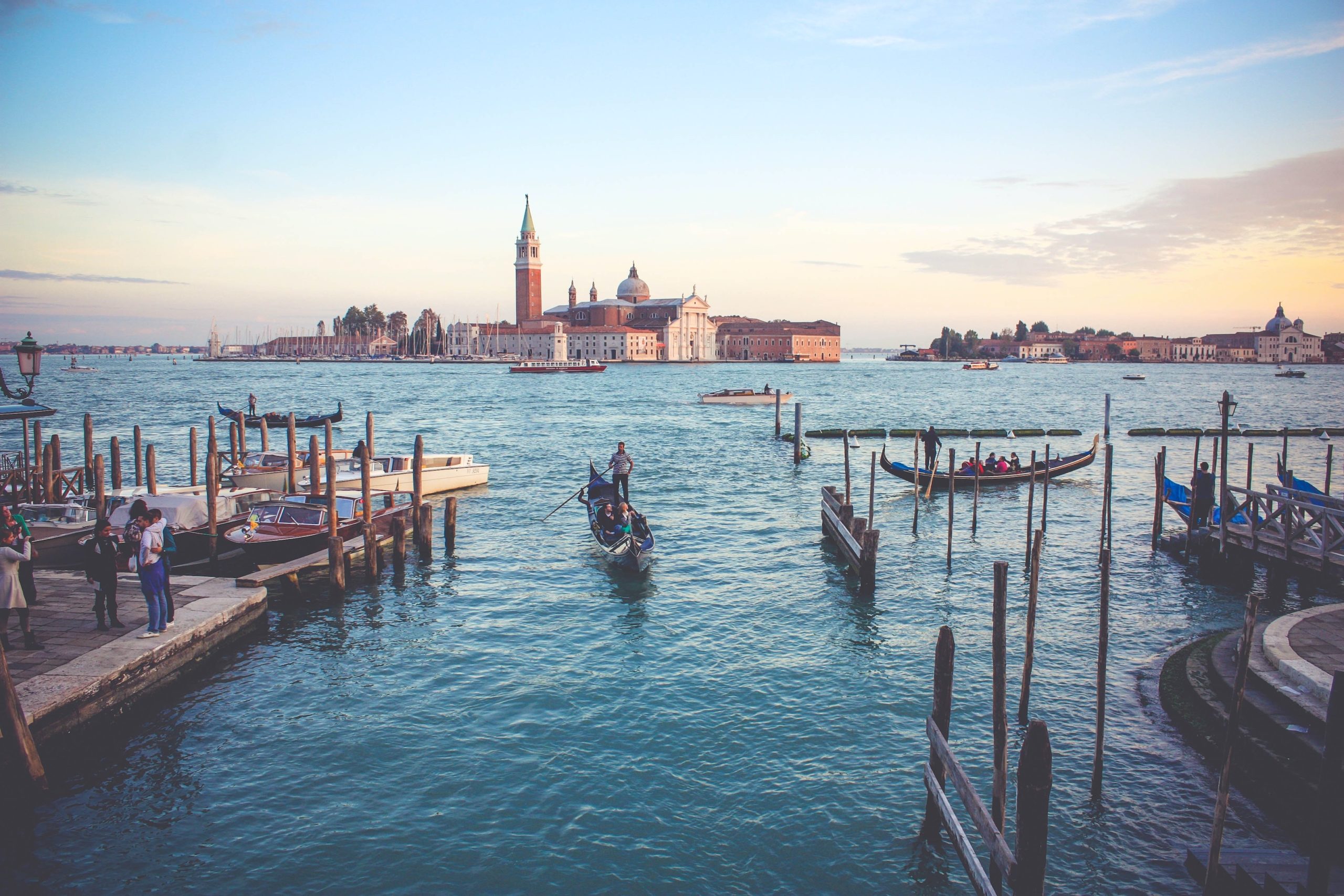
In the early days of the COVID-19 pandemic, global travel paused, temporarily causing aviation-related carbon emissions to decrease 48 percent from 2019 totals. Unfortunately, the pandemic also caused global tourism to falter. Many businesses that relied on tourists—from airlines to restaurants to tour companies—were forced to shutter for good.
In the pandemic's wake, opportunities exist to rebuild the way we travel with better and more sustainable outcomes in mind. Below is a closer look at three ways to get started taking better care of the planet the next time you travel.
Embrace slow travel
You might be familiar with the slow travel movement—the call for travelers to spend more time in fewer places and move more intentionally from place to place, too. The concept rejects the idea of parachuting into major cities on a whirlwind tour; jetting from place to place with barely enough time to get a feel for one before you’re on to the next.
Instead, slow travel embraces getting familiar with your new surroundings—and making thoughtful choices about where you spend your time, where you spend your money, and how you can leave the destination as you found it.
Some countries are making strides to encourage just this sort of traveler behavior. In early 2021, French lawmakers voted to approve a ban on domestic air travel on routes that can be covered by train in less than two and a half hours. The decision aligns with a climate bill that aims to reduce France’s carbon emissions by 40 percent in 2030 from 1990 levels.
Take action: TripIt’s Carbon Footprint feature enables you to track and understand the environmental impact of your air travel. Learn more >
In Germany, the airline and rail industries have announced they’re teaming up to encourage travelers to switch from planes to trains for domestic routes. This partnership aims to reduce greenhouse gas emissions by offering more Deutsche Bahn high-speed rail connections on routes currently served by short-haul flights.
And while train travel is sometimes slower, many routes in Europe—when you factor in typical airport wait times—are actually quicker by train versus a plane. So not only are you able to travel in a more eco-conscious method when you choose train travel, you’re also getting a comparable experience.
Read more: 8 Train Routes in Europe That Are Quicker Than Flying
Go during the off season—and off the beaten path
Before the COVID-19 pandemic, the UN World Tourism Organization estimated that international tourist arrivals—that is, the number of people traveling to foreign countries—would grow to more than 1.8 billion annual arrivals by 2030.
In some destinations, those numbers translated to challenges with managing too many tourists visiting at the same time—a concept known as overtourism. A study conducted by McKinsey & Company and the World Travel & Tourism Council identified five major challenges associated with overtourism: alienated local residents, degraded tourist experiences, overloaded infrastructure, damage to nature, and threats to culture and heritage.
While we’re likely a few years away from a return to pre-pandemic levels of international travel, it’s not too soon to revisit the issues caused by overtourism.
Earlier this month, Italian authorities voted to ban cruise ships from entering the historic center of Venice. The ships’ absence since the pandemic has contributed to improved air and water quality. The ban comes after many years (and calls) for combatting overtourism in the Italian city.
Read more: 7 Tips to Become a More Climate-Conscious Traveler
Of course, that’s just one example—and the solution to overtourism is not one-size-fits-all. While governments do their part to mitigate the impact of overtourism on a grander scale, responsible travelers can help alleviate the negative effects in their own ways:
- Reconsider when you travel. In other words, travel during off-peak seasons. Doing so means fewer tourists and lower prices, more flexibility and options, and it’s better for destinations that are historically overrun during the busy season. You’re also more likely to experience a place like the locals do—with only a few more people than the locals, too.
- Reconsider where you travel. Aside from time of year, you can also switch up your travel experience by visiting ‘B cities’ or off-the-beaten-path destinations that aren’t as popular, and thus, less likely to be suffering the effects of overtourism.
Sustainability, by definition, harmonizes environmental, economic, and social well-being. So as you’re planning to explore, look for opportunities to not only limit your impact on the environment, but also bolster local economies and support the people you meet along the way.
As it relates to combatting overtourism, responsible travelers exploring lesser-known places or traveling during less busy times makes less of an impact on local ecology (supports the environment), increases traffic to businesses that aren’t located in popular tourist areas (supports local businesses), and helps strengthen and support a sense of community for locals (supports residents).
So, what does this look like in real life? Consider Scotland’s North Coast 500. The route, also known as Scotland’s Route 66, was established in 2015 to attract visitors to a new route, change travel patterns away from highly touristed areas, and sustain local economies. The scenic route through the Highlands starts and ends in Inverness and covers 500 or so miles of northern Scotland. In just two years, businesses along the route reported a 26 percent increase in foot traffic.
Support local businesses
The strongest tool in your tourist arsenal is your wallet. The next time you travel, seek out opportunities to support your destination’s sustainable tourism efforts. For example, choose to support eco-conscious tour companies that employ local, full-time staff and highlight local businesses along your tour.
Not planning a tour? There are myriad ways to keep your tourist money local: Support local businesses that partake in sustainable practices. Eat at restaurants that compost their food scraps. Check out local farmers markets for freshly grown and locally sourced items.
Tip: TripIt’s Nearby Places feature can help you locate restaurants, cafés, and stores during your travels. If you find a place you want to visit but can’t get there right away, you can save it in TripIt to visit later.
If we consciously change the way we travel, we can help dial back the degradation caused by (over)tourism, sustain small business and local economies, and help ensure that the world’s most beautiful and historic places will be around for future generations of travelers.

